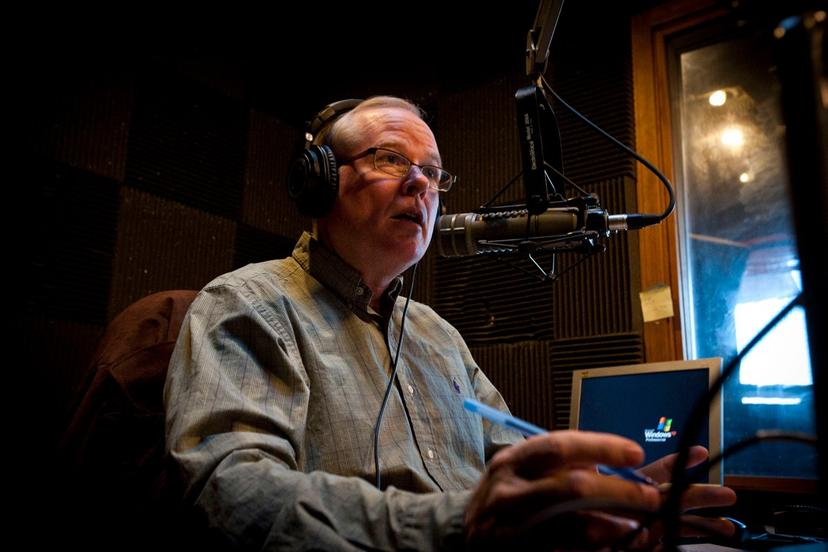Radio

Background
Broadcast technology developed in the 20th century enabled people to reach large audiences around the world instantly, changing forever the way we communicate. The power and mystery of the radio broadcast in the United States has been marked by events like Orson Welles's 1938 live radio broadcast of "The War of the Worlds," which was so realistic with its simulated news coverage that many Americans sought refuge from a Martian invasion. The radio-transmitted voices of "Tokyo Rose" and "Axis Sally" were used as psychological warfare during World War II to disturb American soldiers with taunts about the girlfriends and wives they left behind. Franklin D. Roosevelt's fireside chats, for the first time, brought a U.S. president's voice and spirit close to the public he served.
Instantaneous worldwide communication first became a reality in 1895 when an Italian engineer named Guglielmo Marconi demonstrated how to send communication signals without the use of wires. In the early 1900s, transmitting and receiving devices were relatively simple, and hundreds of amateurs constructed transmitters and receivers on their own and experimented with radio. Ships were rapidly equipped with radios so they could communicate with each other and with shore bases while at sea. In 1906, the human voice was transmitted for the first time by Reginald A. Fessenden. Small radio shows started in 1910.
As with many utilities and institutions, the radio industry began with the financial backing and entrepreneurial foresight of private individuals and companies. U.S. government regulation of the industry began in 1912 with passage of the Radio Act. The importance of this medium for military communication was evident in 1917 when the United States entered World War I. Upon the nation’s declaration of war against Germany, Woodrow Wilson invoked the presidential powers cited in the act, placing all necessary radio stations under government control and closing down unnecessary ones. Following the war, radio became more prevalent among the general public.
By 1921, a dozen local stations were broadcasting. The first network radio broadcast (more than one station sharing a broadcast) was of the 1922 World Series. By 1926, stations across the country were linked together to form the National Broadcasting Company (NBC). Four years later, the first radio broadcast was transmitted around the world.
Although the advent of television changed the kind of programming available on the radio (from comedy, drama, and news programs to radio's current schedule of music, phone-in talk shows, and news updates), there has been a steady growth in the number of radio stations in the United States. There were 15,451 commercial radio stations in the United States in 2019.
Before the mid-1990s there were government restrictions on the number of stations one company could own in a single market. Some radio stations suffered because of smaller audiences and resulting lower advertising revenues. The 1996 Telecommunications Act removed all limits on group size nationally and raised the number of stations that a broadcaster can own in one market to a maximum of eight. With larger broadcast companies continuing to buy up smaller companies, the radio industry will survive as cost-effective competition against television and the Internet.
Growth of the Internet and satellite radio dramatically altered the landscape for the radio industry in the 21st century. Streaming music services, such as Pandora, Rhapsody, and Spotify, offered listeners free, customizable alternatives to traditional radio. At the same time, many radio stations offered their broadcasts streaming via the Internet, allowing people to listen from computers and mobile computing devices and to access radio stations from almost anywhere in the world. Satellite radio services, such as Sirius and XM, offered yet another option for consumers willing to purchase the required equipment and pay a monthly subscription fee for commercial-free radio delivered via satellite rather than the traditional airwaves. In 2007, Sirius and XM merged to form SiriusXM Radio. As of 2020 SiriusXM is commanding a market cap of more than $26 billion and an enterprise value of more than $34 billion.
